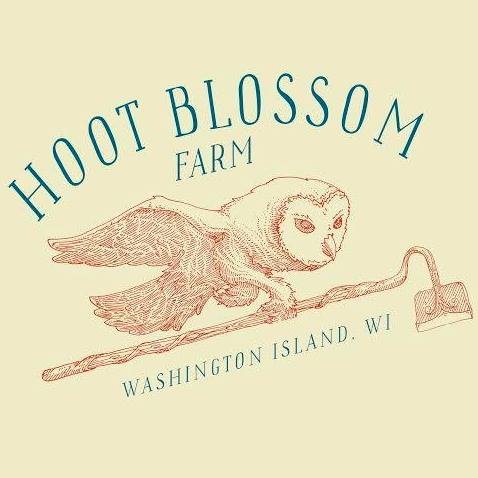“If half of American lawns were replaced with native plants, we would create the equivalent of a 20-million-acre national park, nine times bigger than Yellowstone.” says renowned entomologist and author Doug Tallamy, proposing a vision that could transform not only our yards but also the very fabric of our environment. If half the people in the U.S. converted their lawns into vibrant wildflower havens, this simple act could create a huge impact. Picture millions of acres blooming with indigenous wildflowers, creating an interconnected network of vital habitats for insects, birds, and other wildlife.
Tallamy, a prominent advocate for biodiversity and the author of "Bringing Nature Home," argues that we can make a monumental difference by rethinking our approach to landscaping. Traditional lawns lack the ecological diversity that sustains local wildlife. Tallamy envisions a shift toward replacing manicured lawns with native wildflowers—a concept that could revolutionize our green spaces and help restore the balance of ecosystems.
Why should we care about cultivating native habitats in our own backyards? The answer lies in the delicate web of life that depends on a diverse array of plants, insects, and animals. Native plants have evolved alongside local wildlife, forming intricate relationships that support the entire ecosystem. By replacing non-native lawns with native wildflowers, we provide essential food and shelter for pollinators like bees and butterflies, creating a ripple effect that benefits birds and other species up the food chain.
Carbon Sequestration and Climate Resilience:
Beyond the immediate benefits for local wildlife, converting lawns into wildflower havens contributes to broader environmental goals. Native plants are adept at sequestering carbon from the atmosphere, mitigating the effects of climate change. This natural carbon storage, combined with the increased plant diversity, enhances the resilience of our landscapes in the face of environmental challenges.
Water Conservation and Soil Health:
Native plants are well-adapted to local climates, reducing the need for excessive watering and chemical inputs. Transforming lawns into native habitats promotes water conservation and fosters healthier soil. This sustainable landscaping approach aligns with the principles of responsible stewardship, ensuring that our green spaces contribute positively to the environment.
A Call to Action
As guardians of our local landscapes, the power to enact change lies in our hands. Doug Tallamy's vision invites us to reimagine our yards as more than mere aesthetic spaces—they can be sanctuaries for biodiversity and resilience. By converting half of our lawns into native wildflower havens, we sow the seeds of a brighter, more sustainable future for our communities and the planet. It's time to answer the call and be stewards of change, turning our landscapes into thriving habitats that benefit both nature and ourselves.

